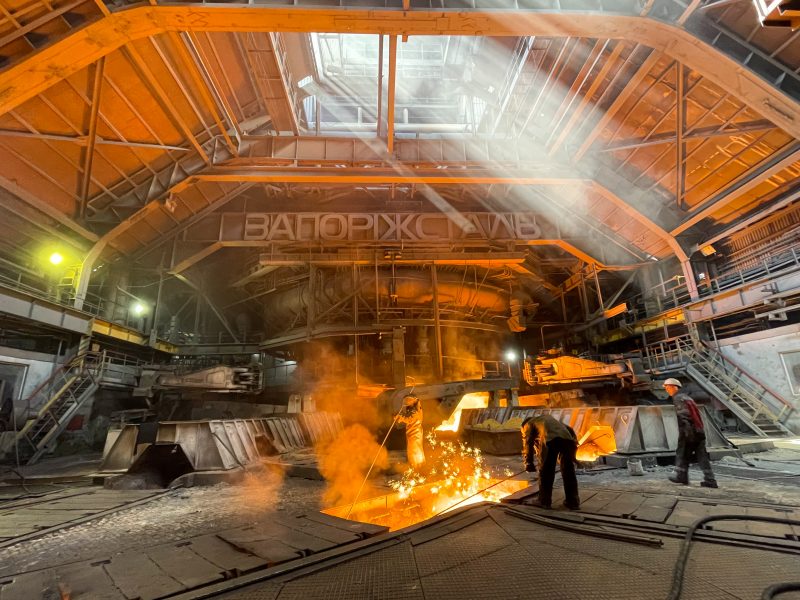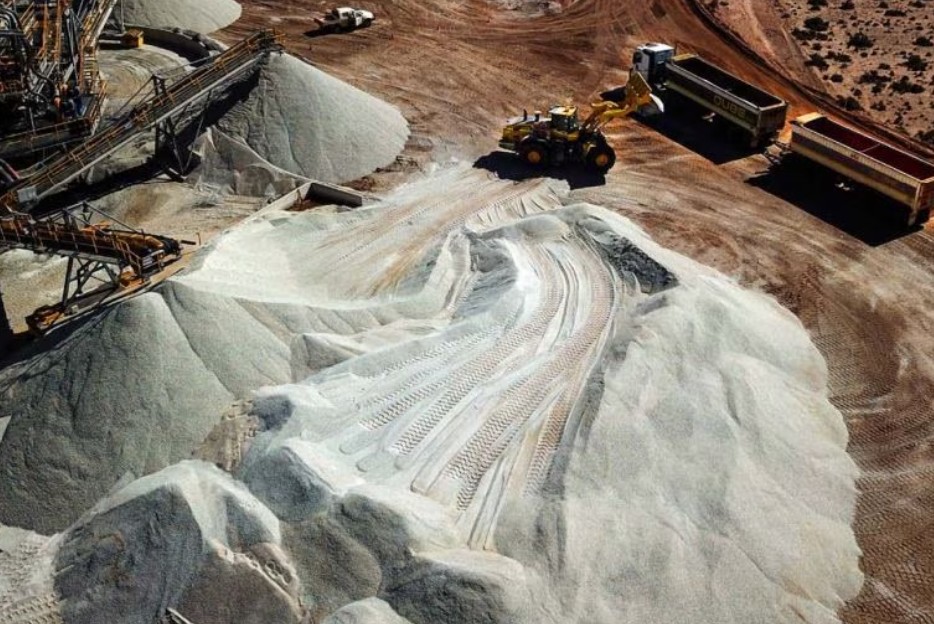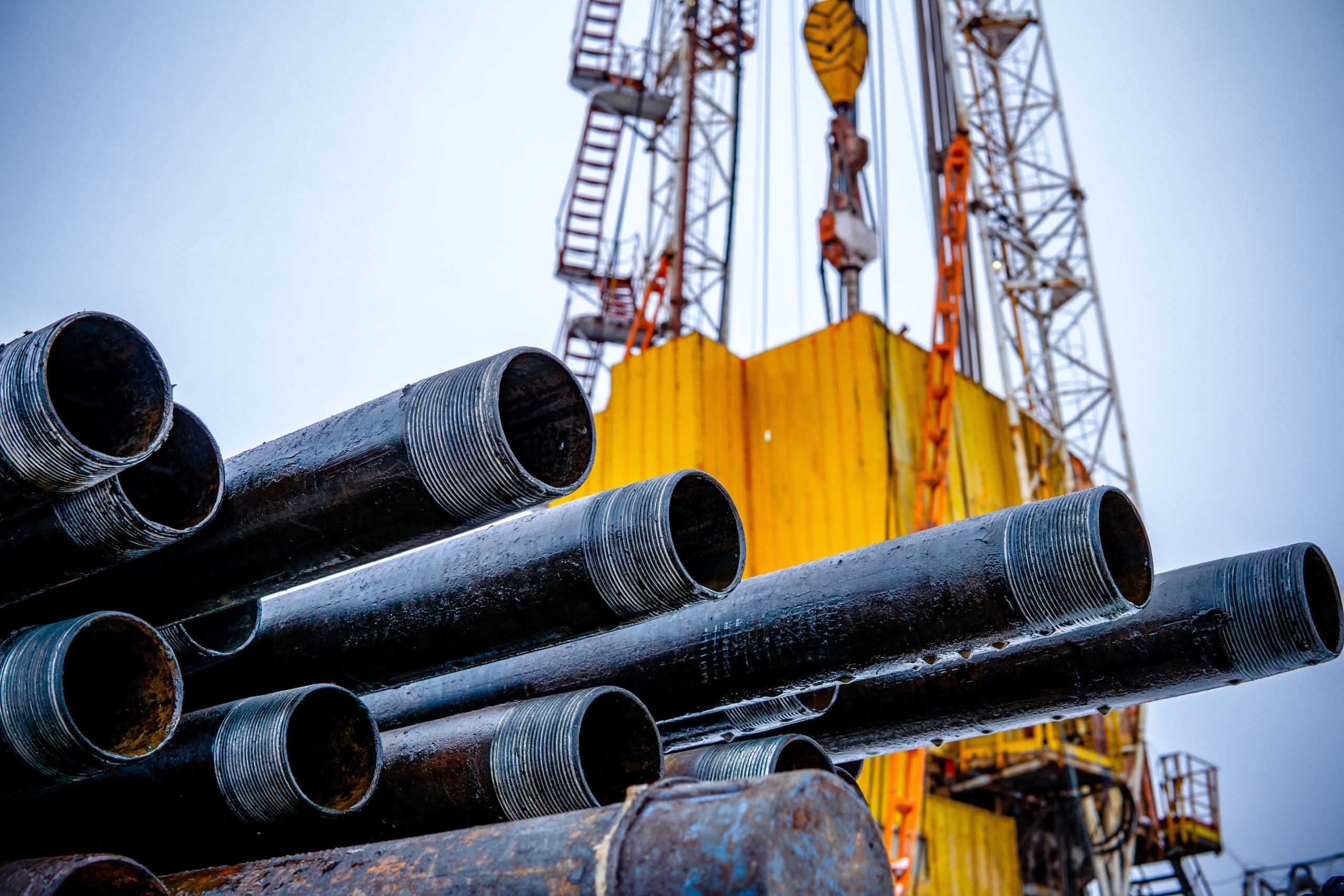
The Struggles of Ukraine’s Steel Trading Market
The Ukrainian steel trading market is grappling with stagnation. After a relatively positive start to 2025, with a 15% increase in sales compared to the previous year, the growth has slowed significantly. Key reasons for this are weak business activity, a lack of new growth drivers, and, most importantly, the cessation of state funding for infrastructure and defense projects.
The cessation of funding for construction projects has led to a dramatic reduction in demand for steel. As of now, products like sheet steel, I-beams, pipes, and angles continue to be sold, but demand is not growing. This is compounded by the growing competition in the market, where operators engage in price wars that lead to falling margins. Despite efforts to expand sales teams, market growth has remained minimal, signaling a challenging year ahead for the Ukrainian steel sector.
The Shift in Industry and Market Dynamics
One of the most notable trends in Ukraine’s steel industry is the shift in the structure of orders. While the demand for construction steel has slowed overall, private development and commercial construction are seeing more activity. However, the crucial segment—state-funded infrastructure projects—has almost completely disappeared. These projects once consumed a significant share of steel products, but with state and other clients reducing budgets, steel demand from this sector has fallen dramatically.
This reduction in demand is not only felt in steel product sales but also in the production of steel structures. Many plants that used to focus on producing steel structures have halted operations. Some plants are still finishing older projects, but there are few new orders coming through, and those are not being paid for in full. Similarly, steel sales from railway car manufacturing plants have also dropped due to financing problems, further stifling the market’s potential.
Growing Influence of Turkish Steel Imports
As the Ukrainian steel market faces challenges, Turkey’s steel sector is emerging as a dominant force. Previously, Turkish steel accounted for only about 15% of the country’s imports. Today, this share has surged to approximately 40%. The primary reason for this increase is Turkey’s competitive pricing, which makes their steel more attractive compared to European offerings.
While Europe still holds an advantage in terms of delivery times and the availability of small steel batches, Turkish manufacturers are leading in large-scale orders. Ukrainian buyers are increasingly turning to Turkish suppliers for cost-effective solutions, especially for bulk orders. For immediate needs or smaller batches, however, European suppliers remain the preferred option.
Regional Sales and Local Demand Shifts
Sales distribution across Ukraine has shifted significantly over the last few months. With the onset of the construction season, Western Ukraine has seen an increase in steel demand. Historically, Western regions accounted for 20-30% of sales; today, this figure has risen to more than 50%. Meanwhile, regions like Kyiv and Dnipropetrovsk continue to consume large quantities of steel.
On the other hand, steel demand from Eastern Ukraine, particularly Kharkiv and Zaporizhia, has plummeted. Kharkiv, which used to be a major hub for steel deliveries, now sees only occasional shipments. This drastic drop in demand reflects the ongoing economic and geopolitical instability in the region.
The Personnel Crisis: A Growing Challenge
A major obstacle for the Ukrainian steel industry is a severe shortage of skilled workers. The inability to provide employee reservations, especially for those involved in construction or steel installation, has worsened the situation. Many workers are not willing to travel for work, and companies are struggling to find employees who are both qualified and available.
In many cases, companies that once handled significant projects are now turning down work due to the lack of personnel. Workers are either staying in large cities or living directly on the production site, leading to staffing challenges that have become an ongoing problem in the Ukrainian economy.
SuperMetalPrice Commentary:
The Ukrainian steel market is facing a multifaceted crisis, with reduced state funding, increased competition, and labor shortages. The rise of Turkish steel imports highlights the changing dynamics in global steel trade, with price competitiveness driving market shifts. This situation presents a challenge for local manufacturers, who must adapt to a shrinking domestic market and the growing dominance of international suppliers. Moving forward, the industry must navigate these challenges while looking for new growth drivers, such as innovation in production techniques or international partnerships, to stay competitive in a volatile global market.











Leave a Reply
You must be logged in to post a comment.